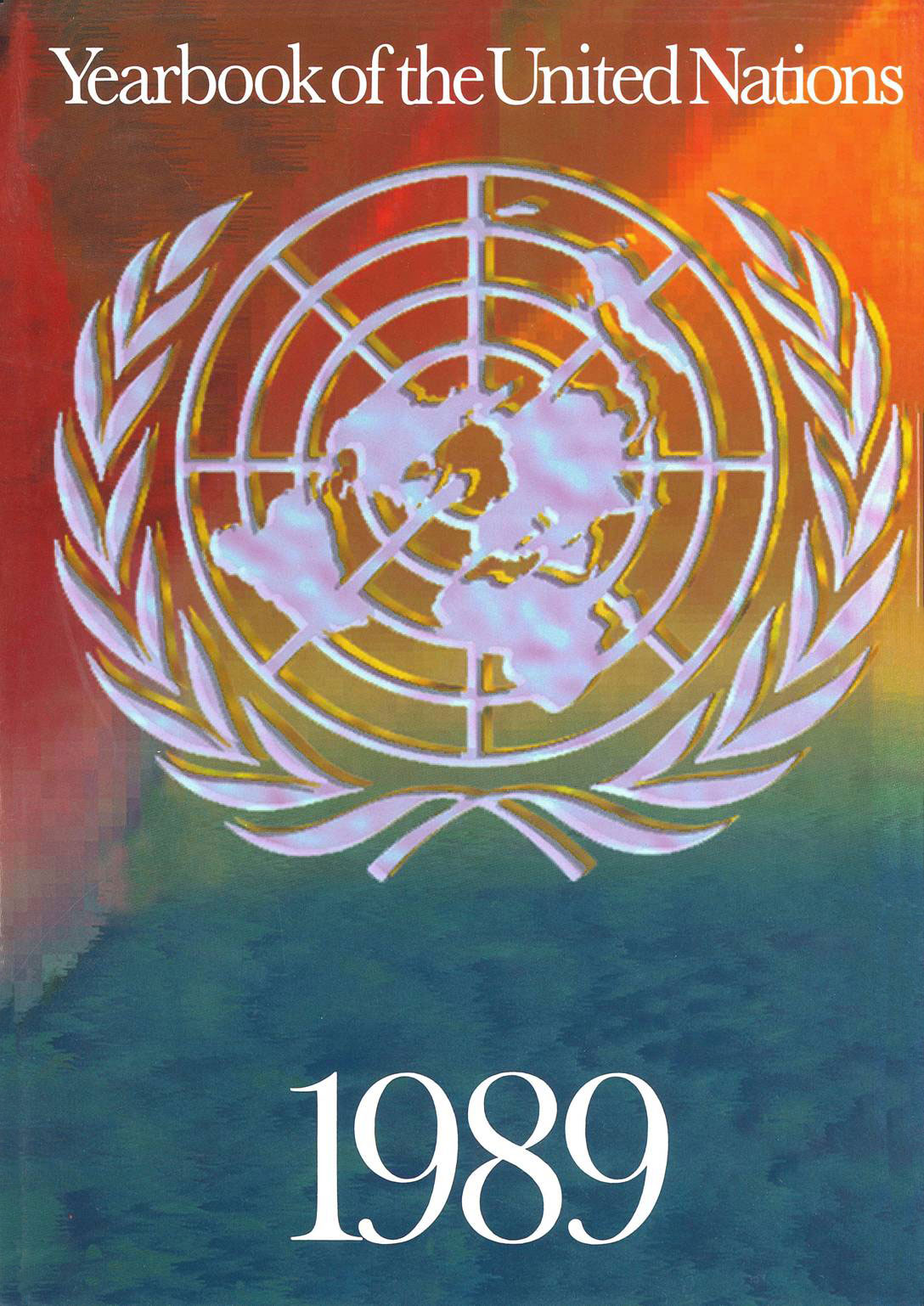Namibia

- Author: United Nations
- Main Title: Yearbook of the United Nations 1989 , pp 789-811
- Publication Date: December 1989
- DOI: https://doi.org/10.18356/db9d748e-en
- Language: English
The year 1989 saw the beginning of the end of colonialism in Africa, as Namibia-the largest Territory with a colonial background anywhere in the world-began an irreversible march to independence. As a pre-First World War German colony known as South West Africa, it was the only one of seven African Territories once held under the League of Nations Mandate System that was not placed under the United Nations Trusteeship System, due to the fact that South Africa refused to accept UN competence, and despite Security Council and General Assembly resolutions and opinions of the International Court of Justice asserting the Organization’s primary role in the Territory. As early as 1969, the Security Council called on South Africa to withdraw its illegal administration, and in 1976 it demanded that South Africa accept elections for the Territory under UN supervision and control. The Territory was then renamed Namibia, rather than South West Africa, under a 1968 General Assembly resolution stating that that was the name desired by the people. In 1976, the Assembly decided that any independence talks must include the South West Africa People’s Organization (SWAPO), which the Assembly recognized as the sole and authentic representative of the Namibian people. In 1978, at a special session, the General Assembly expressed support for the armed liberation struggle of the Namibian people, stating that any settlement must be arrived at with SWAPO’s agreement and within the framework of UN resolutions.
-
From This Site
/content/books/9789210601740s009-c003dcterms_title,dcterms_subject,pub_keyword-contentType:Journal -contentType:Contributor -contentType:Concept -contentType:Institution105


